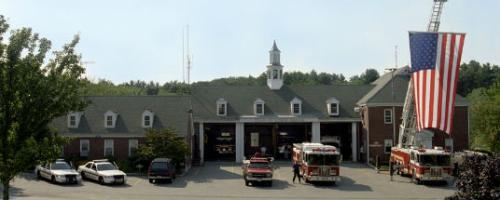Installing and Testing Smoke Alarms
Home Safety Council research shows that 97 percent of American homes have at least one smoke alarm, but one may not be enough. Do you have enough smoke alarms in your home? Are they correctly installed? Early warning is essential for every fire escape plan. To ensure your family will be effectively alerted to any fire dangers, use the following guidelines when installing and testing smoke alarms:
- Only purchase smoke alarms that are listed by UL and carry the UL mark on packaging.
- Install smoke alarms on every level of your home, including the basement. Make sure there is an alarm near every sleeping area.
- The Home Safety Council recommends installing additional smoke alarms inside all bedrooms.
- Smoke rises, so smoke alarms should be mounted high on ceilings. Ceiling mounted alarms should be installed at least four inches away from the nearest wall.
- Choose an installation location that is well away from the path of steam from bathrooms and cooking vapors from the kitchen, which can result in false, or nuisance alarms. Smoke alarms should be installed in the following manner; on the ceiling of each stairway leading to the floor above, near the base of, but not within each stairway and outside each sleeping area.
- Don't install smoke alarms near windows, doors, or ducts where drafts might interfere with their operation.
- Test your smoke alarms at least once a month, following the manufacturer’s instructions, which typically involves pushing the “test” button on the face of the alarm cover. Install fresh batteries at least once a year.
- The Home Safety Council recommends using hard-wired, interconnected smoke alarms with battery back-up. These alarms run on your household wiring and are tied in together so that if one alarm operates, they all signal together.
- Smoke alarms should be replaced at least once every 10 years.










